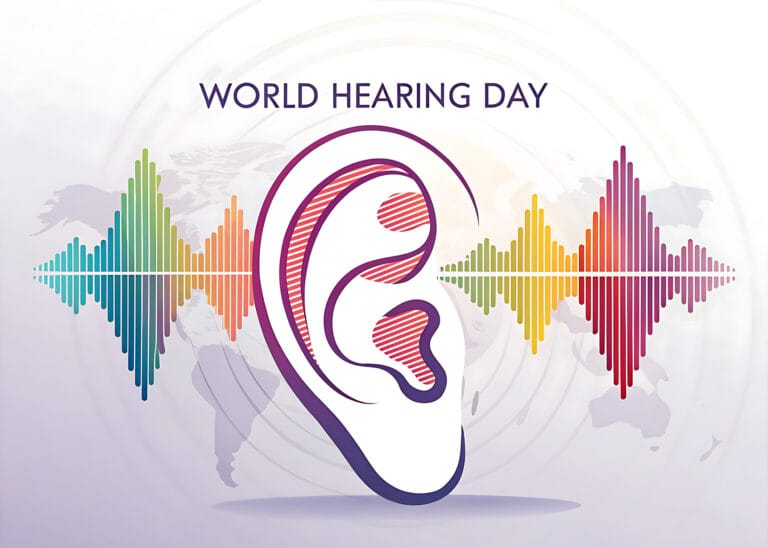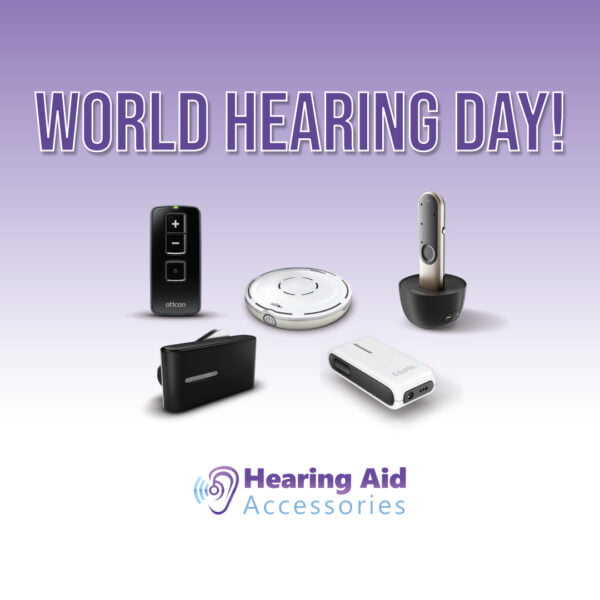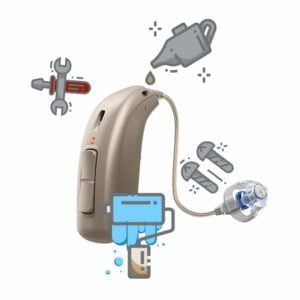March 3rd marks a significant day in the global health calendar – World Hearing Day 2024. This year, under the theme of overcoming societal misconceptions and stigmatizing mindsets, we aim to shine a light on the silent barriers that prevent millions from seeking the hearing care they desperately need. Hearing Aid Accessories stands in solidarity with this cause, advocating for awareness, change, and the adoption of innovative solutions to improve hearing health.

World Hearing Day: The Unheard Crisis
Despite living in an era of unprecedented healthcare and medical advancements, over 80% of ear and hearing care needs globally remain unmet. This gap not only affects the quality of life of individuals but also imposes an annual cost of about £790 million on the global economy. The root of this issue often lies not within the availability of solutions but in the societal misperceptions and stigmas that discourage people from seeking help.
Breaking Down Barriers
The stigmatisation surrounding hearing loss manifests in various ways, from misconceptions about hearing aids being solely for the elderly to fears of being perceived as less capable. These stigmas do not just limit individuals from enjoying the fullness of life, but also hinder our collective efforts to address and prevent hearing loss effectively.
Changing Mindsets this World Hearing Day
This World Hearing Day, addressing this crisis requires more than just technological solutions; it necessitates a shift in mindset. We need to cultivate an environment where seeking help for hearing loss is viewed as a sign of strength and self-care, not a weakness. This change begins with awareness and education, targeting not only the public but also health care providers who play a crucial role in early detection and intervention.
Our Commitment to Your Hearing Health
At Hearing Aid Accessories, we are committed to breaking down the barriers to hearing care. We believe in empowering individuals to live life to its fullest, irrespective of their hearing capabilities. Our selection of quality consumable products and cutting-edge hearing aid technology is designed to enhance your hearing experience, offering clearer sound and better communication.
This World Hearing Day, let’s tune into the importance of hearing health and the transformative impact it can have on our quality of life. Let’s challenge the status quo, overcome the stigmas, and embrace the solutions that lie within our reach.
Join Us in Making a Difference
As we commemorate World Hearing Day 2024, we invite you to explore our wide selection of hearing aid accessories. Whether you’re seeking to improve your own hearing experience or support someone else in their journey, we have the tools you need to make a difference. Together, we can further break down stigmas related to hearing loss and move towards a world where everyone can enjoy the sounds of life to their fullest potential.
Explore our shop today and discover how the right accessories can not only elevate your hearing but your entire life.




